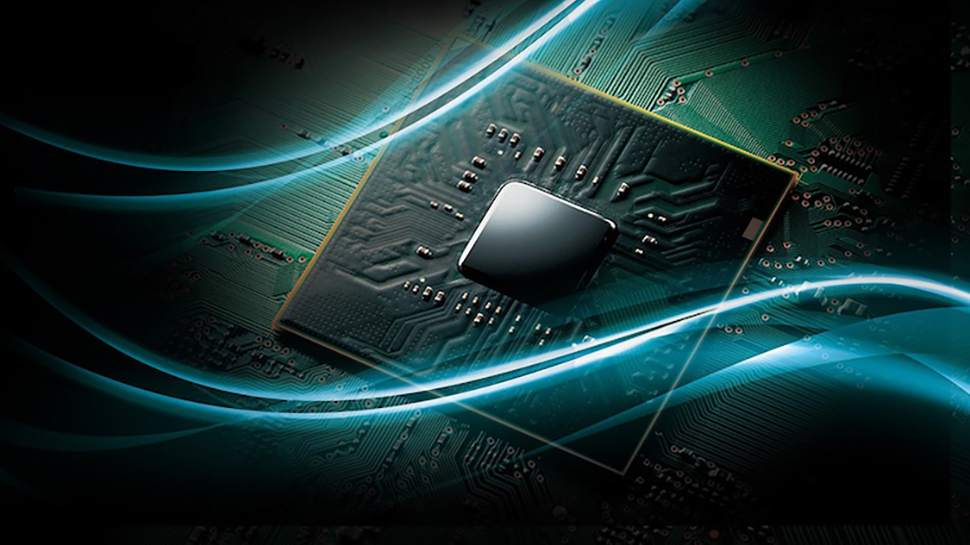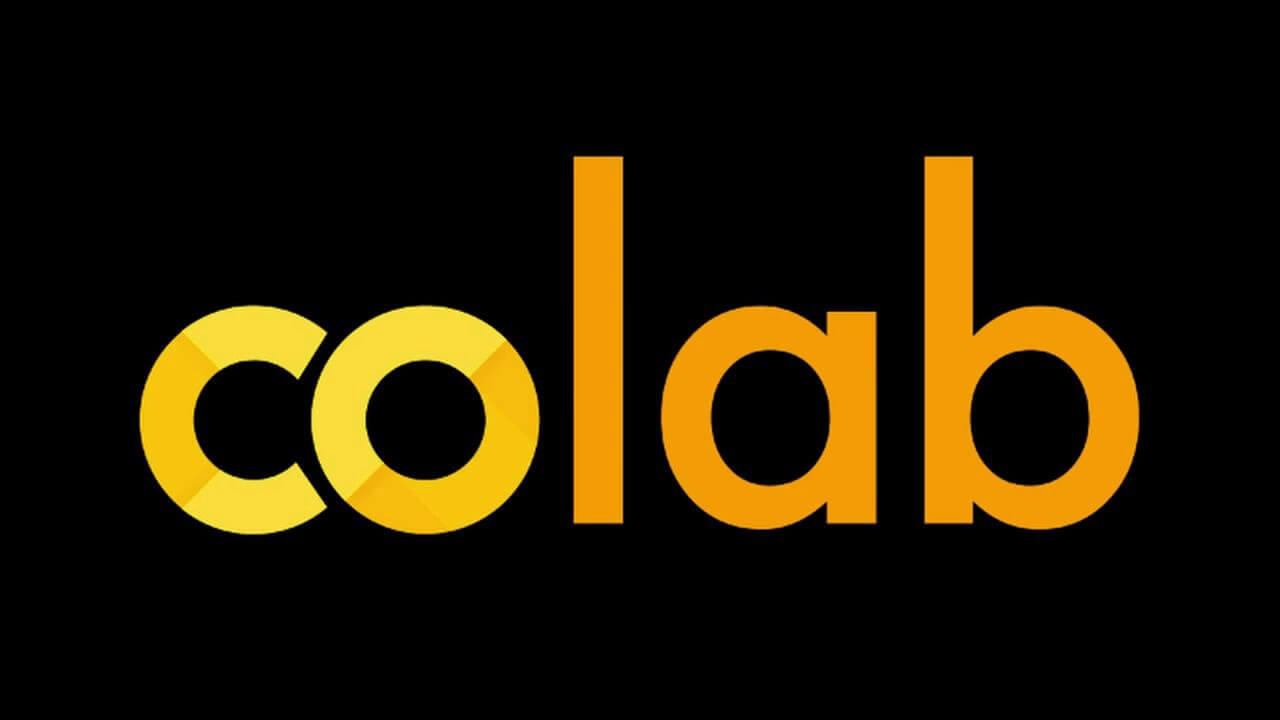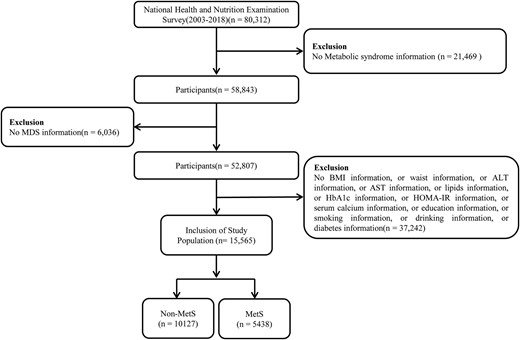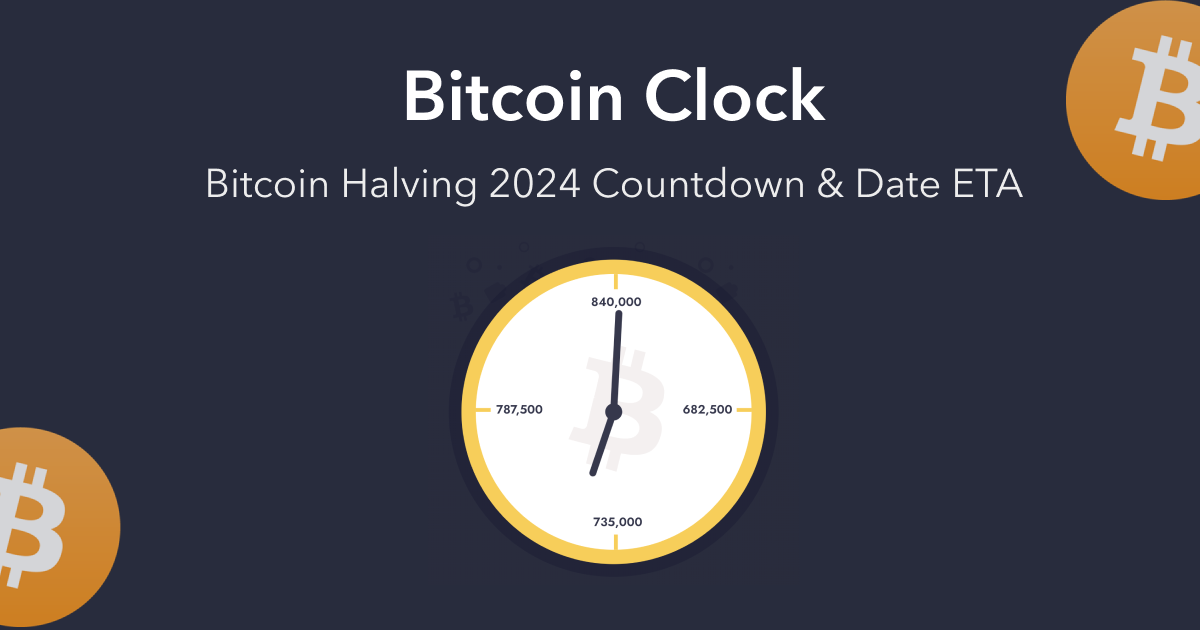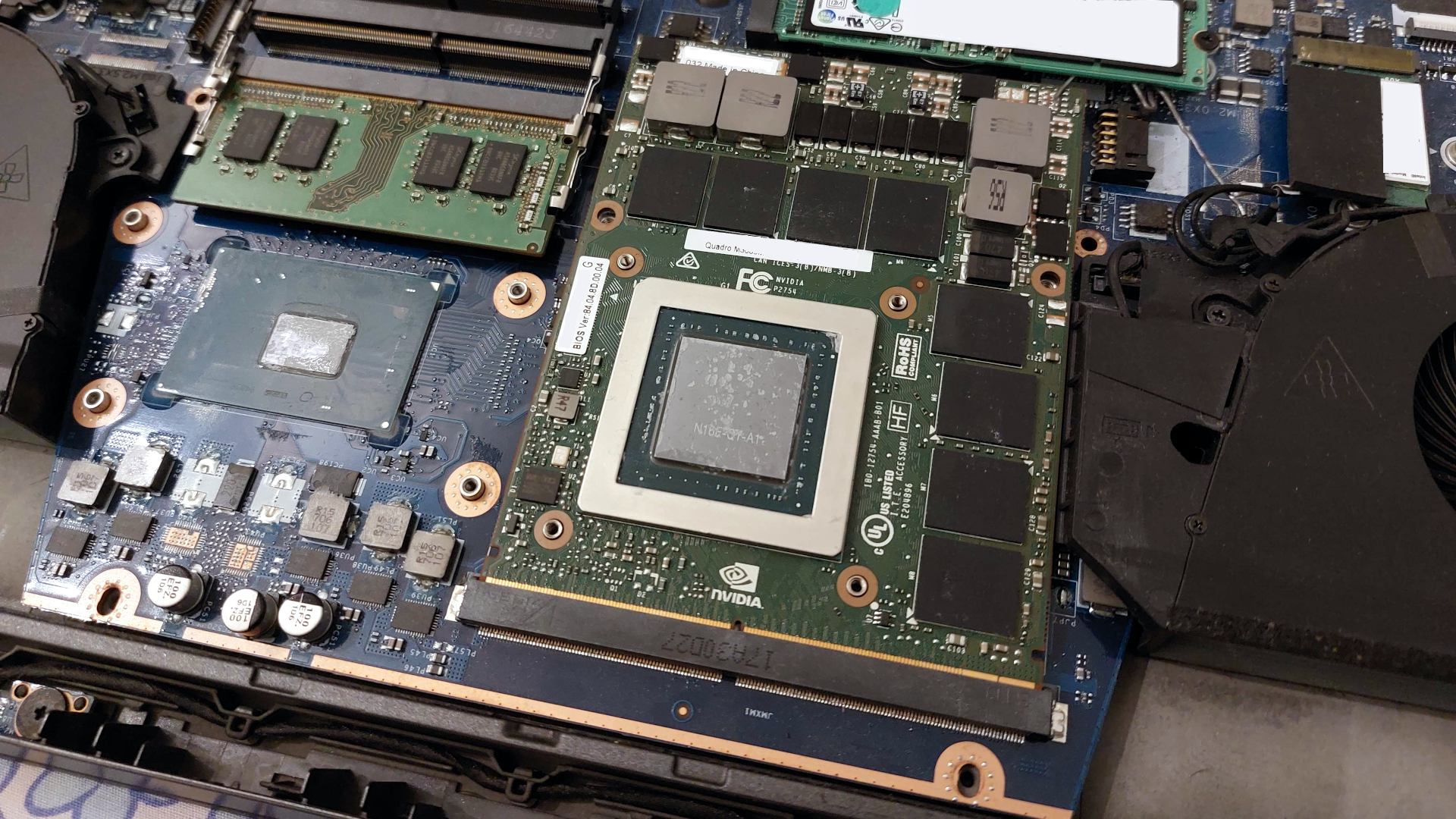
Software, Not Hardware, Will Drive Quantum and Neuromorphic Computing
In emerging computing fields like quantum computing and neuromorphic computing, hardware usually grabs the lion’s share of attention. You can see the systems and the chips that drive them, talk about qubits and computing that simulates how the human brain works, sort through the speeds and feeds, talk about interconnects and power consumption and transistors, and imagine all this getting smaller and denser as the latest generations roll out.
But as Intel noted this week at its Intel Innovation 2022 show, while the hardware is important to bringing quantum and neuromorphic to life, what will drive adoption is the accompanying software. Systems are nice to look at, but they are decorations if organizations can’t use them.
That was the message behind some of the news Intel made related to quantum and neuromorphic computing at conference in San Jose, California. On the quantum side, Intel unveiled the beta of its Quantum SDK (software development kit), a package that includes various applications and algorithms, a quantum runtime, a C++ quantum compiler, and the Intel quantum simulator.
In the neuromorphic field, the company did unveil Kapoho Point, a system board holding Intel Loihi 2 research chips that can be used in such small form factors as drones, satellites, and smart cars. The boards – which can drive AI models that have up to 1 billion parameters and solve optimization problems that have up to 8 million variables – also can scale through stacking as many as eight (for now) to address larger problems.




